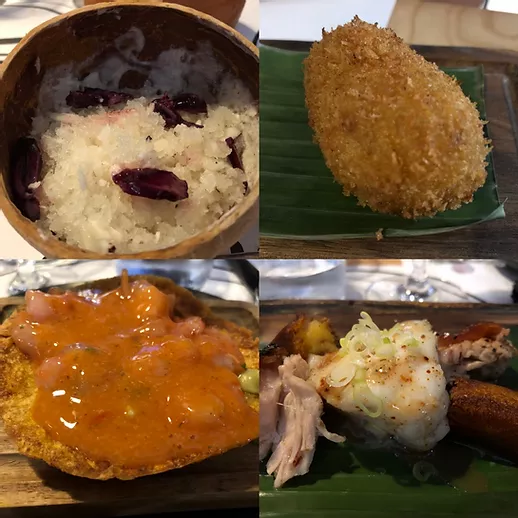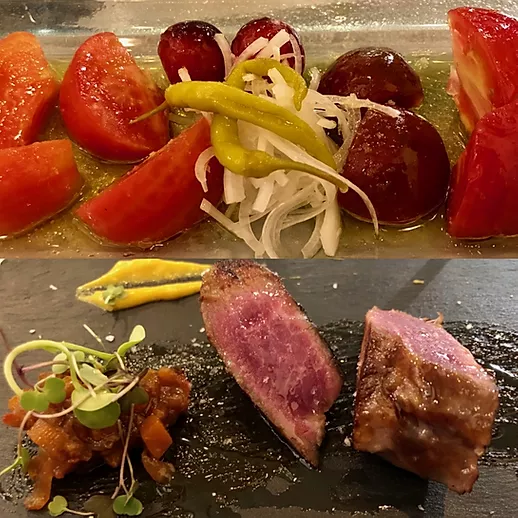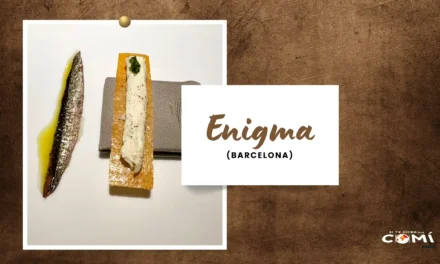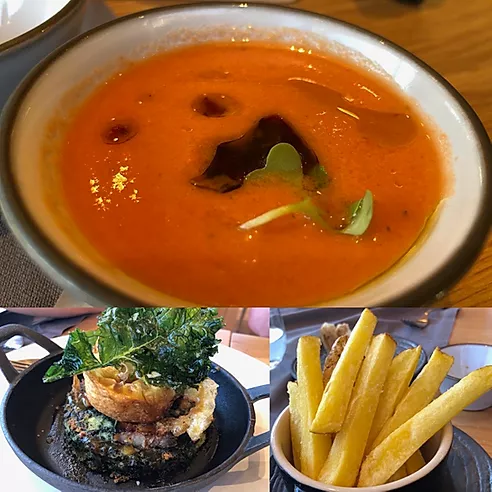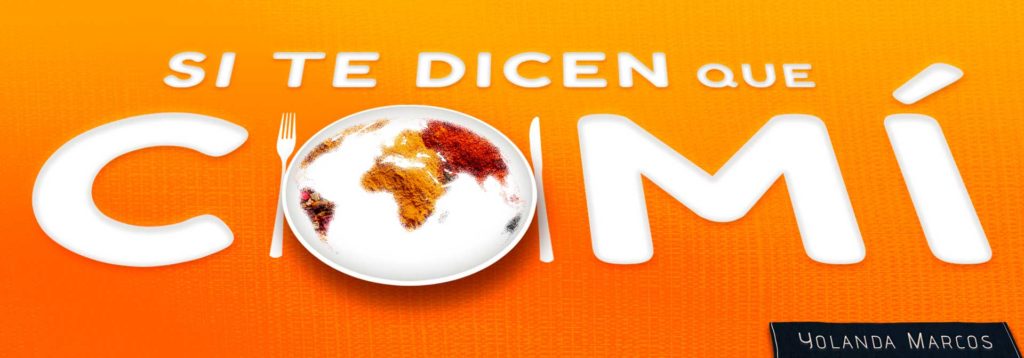2 Soles Repsol, 1 Estrella Michelín.
Galicia no es sólo centollo, pulpo o empanada. Cocina gallega no sólo es caldo de grelos y cachelos con lacón. La nueva hornada de chefs procedentes del “terruño” confirman la nueva tendencia de la gastronomía de la zona: afianzarse en las raíces culinarias de la tradición para revitalizarlas con toques divertidos, sorprendentes, viajeros y diferentes.
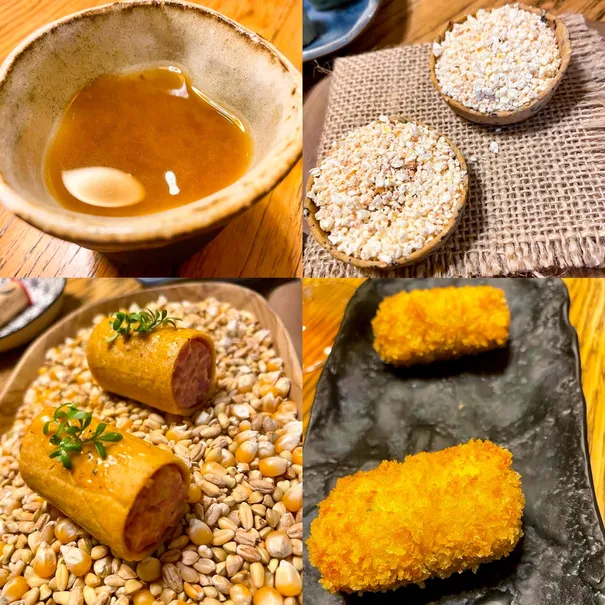
Rafa Centeno es uno de esos nombres. Un chef que ha logrado consolidar su Maruja Limón como un pequeño reducto de creatividad, nueva tendencia y mucha innovación en el marco de una cocina basada en el producto y la buena materia prima. No tiene un extenso currículum de trabajo. De hecho es autodidacta desde que abrió, casi por “probar fortuna” este restaurante, el único en el que ha trabajado. Más mérito si cabe…
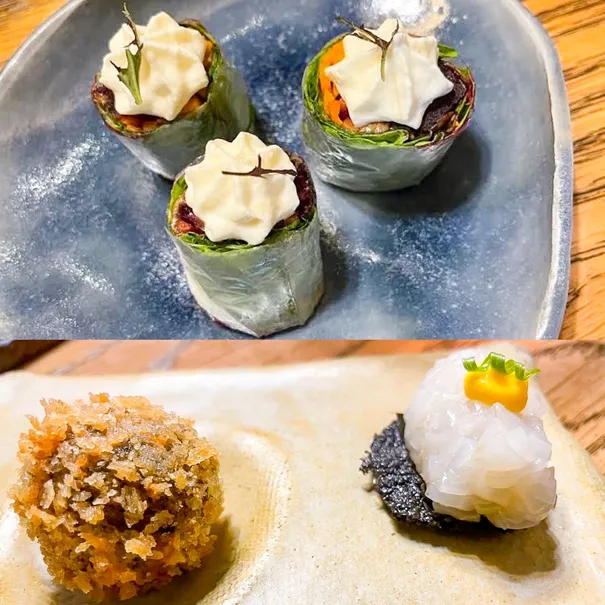
El local es acogedor, en piedra y madera, de tendencia minimalista. La propuesta de menú da la opción de comer (Siempre por menos de 100€) con o sin marisco. Los dos platos de marisco marcan la diferencia de precio y de extensión de platos.
En nuestro caso optamos por el denominado Estado Puro dónde probamos las croquetas de queso Savel (deliciosas y ligeras) y otros entrantes en pequeños bocados como la anchoa con maíz y semillas, el tartar de ternera gallega y berros o la ensalada de rúcula y pipas.
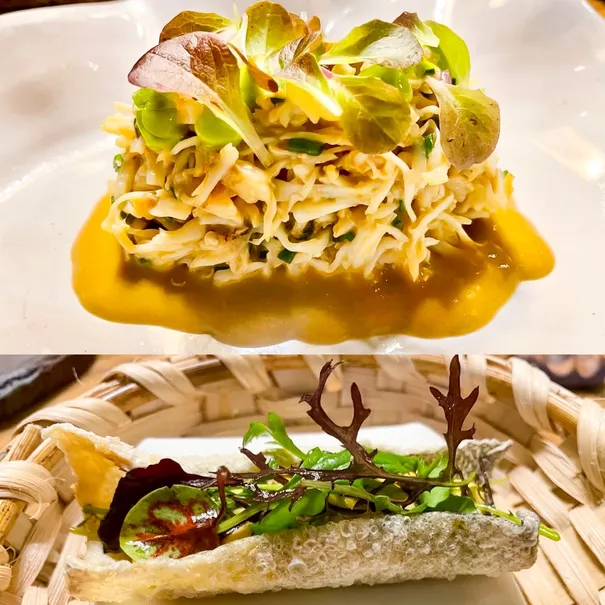
Los platos viajan desde la ría con el choco hasta la ternera a la brasa con el centollo y la vieira como platos estrella (sublimes) y la caldeirada de martiño y la lubina en caldo como claros exponentes de la importancia dle pescado en el menú. Muy original y destacado el torrezno de bacalao con cremoso de merluza.
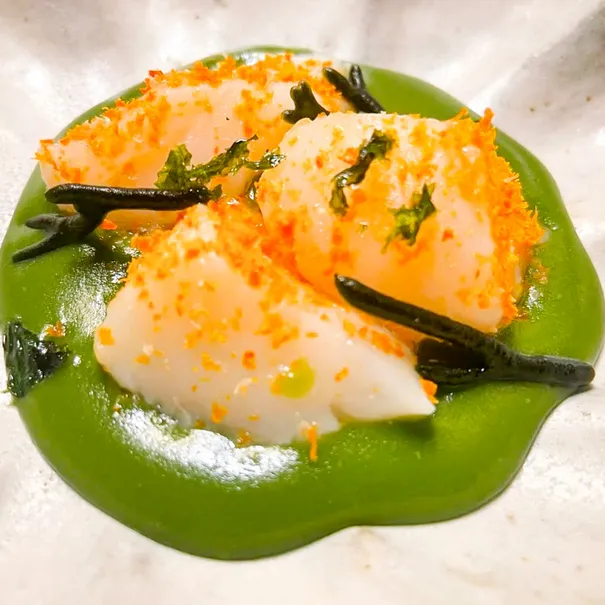
Las fotos reflejan (aunque no en su totalidad y explosión) los colores, la gama cromática de los platos y su disposición. Me gusta el toque creativo, la distinción que da a cada bocado rompiendo el estereotipo de que comer marisco y pescado o buena carne en Galicia resulta siempre igual.
Completos los postres con tarta cítrica, corneto de chocolate y maíz con leche de cabra reducida y lima… Un menú que llena y satisface. Un lugar que es el claro reflejo de la lucha de la gastronomía gallega por reivindicar sus orígenes sin perder la aventura de la creatividad y nuevas tendencias. Una muy buena recomendación.
2 Repsol Suns, 1 Michelin Star.
Galicia is more than spider crab, octopus and empanadas. Galician food is more than turnip-top soup and boiled potatoes with ham. The new batch of Galician chefs confirm the region’s latest gastronomic trend: a strong foothold in traditional culinary roots revitalized with touches of fun, surprise, wanderlust, and originality.
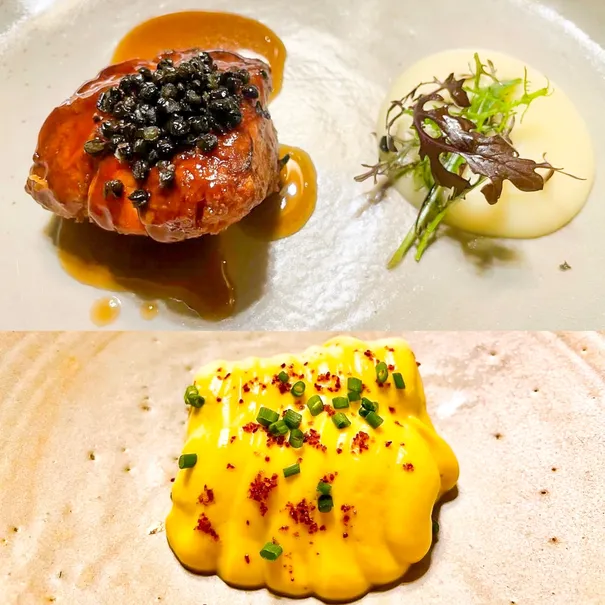
Rafa Centeno is one of them, a chef who has established his restaurant Maruja Limón as a little pocket of creativity, emerging trends and loads of innovation, with a cooking style based on products and good ingredients. He doesn’t have a mile-long CV; in fact, he has been self-taught ever since he decided to try his luck and open this restaurant, the only one he’s ever worked at. Impressive indeed.
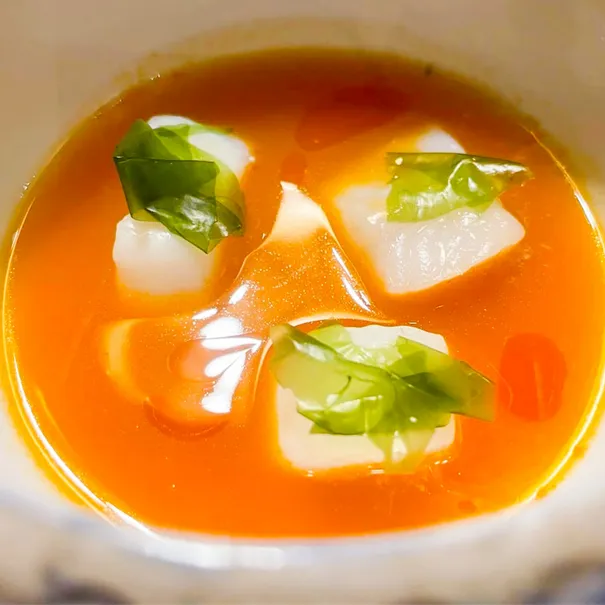
The place is welcoming and minimalist in stone and wood. The tasting menu (always under €100) has options with or without seafood. The two seafood dishes are what distinguish the menus in terms of the price and the spread.
In our case, we opted for the “Estado Puro” menu, which kicked off with the Savel cheese croquettes (light and delicious) and other small-bite starters like the anchovy with corn and seeds, the Galician beef tartare with watercress, and the salad of arugula and sunflower seeds.
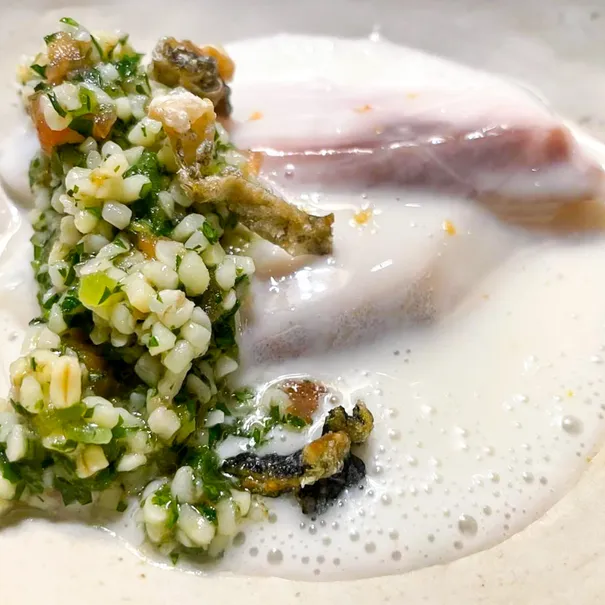
The dishes travel from the estuary with the cuttlefish to the chargrilled beef with the spider crab and scallop as star dishes (sublime). The “caldeirada de martiño” fish stew and sea bass in broth are clear examples of the importance of fish to the menu. The cod rashers with hake cream are an original stand-out.
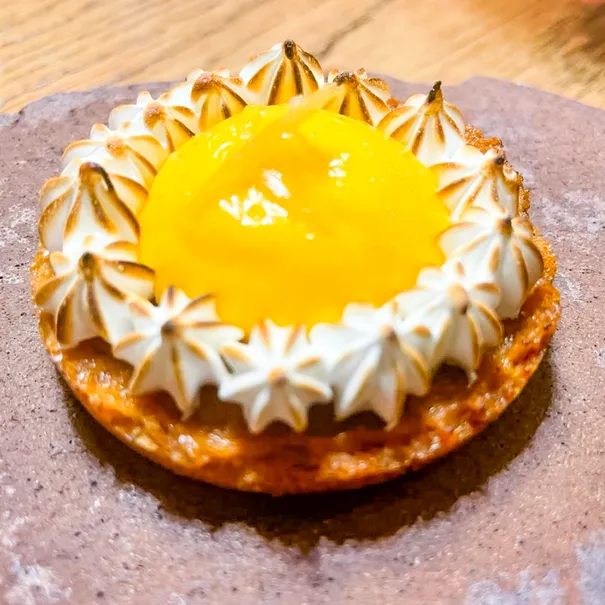
The photos reflect (though not completely) the colors and spectrum of the dishes and their plating. I like the creative touch and the distinction it gives to every bite, breaking the stereotype that eating fish and seafood or good meat in Galicia is always more of the same.
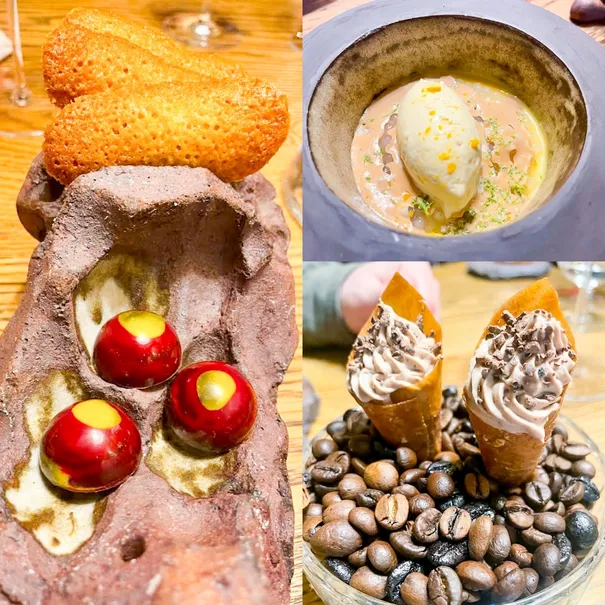
The desserts complete the meal with the citrus tart and the chocolate and corn cornetto with a goat’s milk and lime reduction. It’s a menu that sates and satisfies. It’s a place that is a clear reflection of the struggle of Galician cuisine to vindicate its origins without losing the adventure of creativity and new trends. It’s a very good recommendation.

